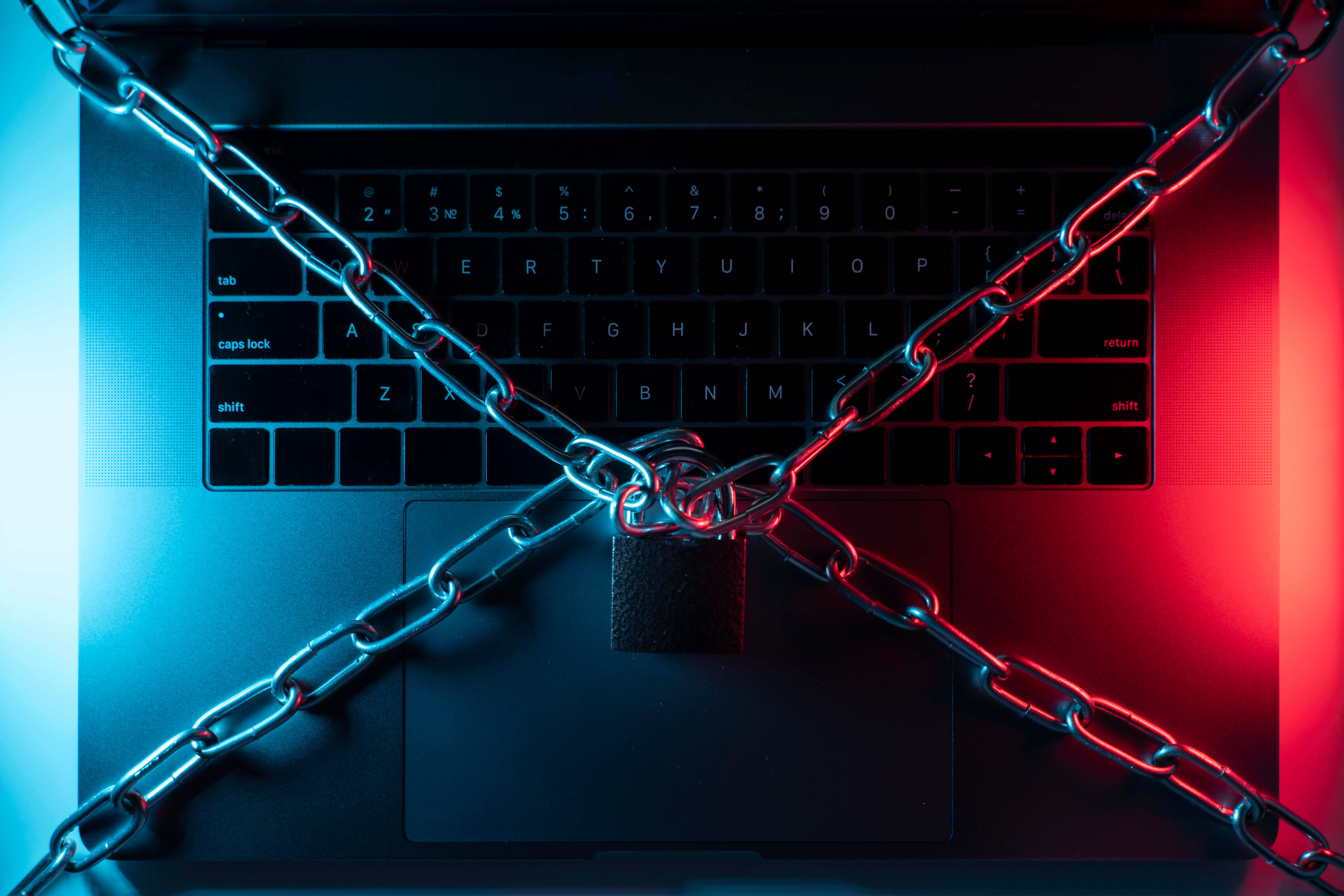Vodafone says its nationwide network outage that left thousands across the UK without broadband and mobile data has been fully resolved. The disruption, which began on Monday afternoon, triggered over 130,000 complaints to Downdetector as customers reported losing internet access.
The company confirmed that a software error from one of its vendors had caused the problem but stressed it was not the result of a cyberattack. Vodafone apologised and said the network had fully recovered after engineers implemented fixes late on Monday night.
Industry experts warned that the outage highlighted the need for stronger digital resilience. Analysts said businesses relying on Vodafone likely suffered missed deadlines and financial losses, with many expected to seek compensation.
The fault also impacted UK customers of Voxi, Lebara, and Talkmobile, which operate on Vodafone’s infrastructure. Cloudflare data showed Vodafone traffic temporarily dropped to zero, effectively cutting the network off from the internet for over an hour.
Would you like to learn more about AI, tech and digital diplomacy? If so, ask our Diplo chatbot!










